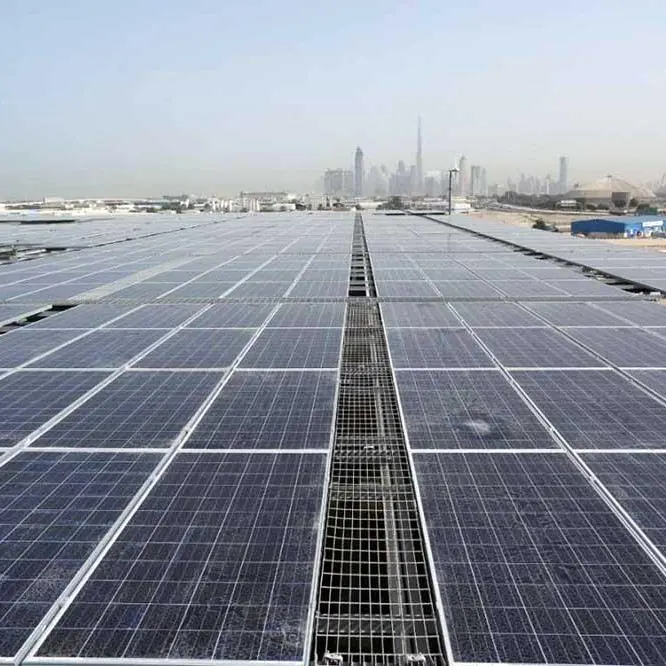Global equity markets have come under pressure in the last week or so, reminding investors of the sharp, albeit short-lived, correction we saw in the early part of this year.
In the week to Friday, 12 October, the UK FTSE All-Share Index saw a decline of 4.4 percent, while the US S&P 500 Index recorded a drop of 4.1 percent. Markets in Asia and Europe posted similar falls. Highly-rated growth stocks from US technology to UK AIM shares have fallen by even more in the latest market sell-off.
What lies behind this latest weakness in share prices?
The answer lies with the recent upward move in US bond yields. At the end of September, the US central bank, the Federal Reserve, raised interest rates by a quarter of one point to a target range of 2.00-2.25 percent, the third such rise this year. The US economy continues to perform well, boosted by the package of tax cuts introduced at the end of last year. In fact, the Fed has been progressively increasing rates since the end of 2015 as growth has recovered. Unemployment, often seen as a barometer of economic performance, is at multi-decade lows. Although wage growth has not been elevated, there is a concern that with a tight labour market, there will be upward pressure on wages that could prove to be inflationary. Hence the Fed has been nudging rates higher to act as a counterbalance to a buoyant economy. However, since the most recent interest rate rise was expected by markets, why was the reaction so negative?
This is partly due to a comment made by Fed chairman Jay Powell that the US was “a long way” from neutral on interest rates. US bond yields rose sharply in the light of this comment and equities were hit hard. His comments have been interpreted by some that interest rates are likely to rise by more than the market had been expecting. Higher borrowing costs are a negative for companies, while higher interest rates in general run the risk of slowing down the economy. This, of course, might dampen the growth of corporate profits.
At the same time, we have seen an intensification of the highly publicised trade war between the US and China, with no sign of this abating in the short term. Closer to home, we still have no clear resolution to Brexit (although that is evolving on a daily basis). All of these factors have introduced a greater degree of uncertainty among investors in recent weeks, leaving the market vulnerable to one of its periodic bouts of weakness.
Where do markets go from here?
The good news is that the outlook for the global economy remains robust despite increased trade friction. Corporate earnings growth has been strong and looks likely to continue to move positively. While interest rates will likely rise further in the US, with the next quarter point increase expected in December, it looks likely by the Fed’s own estimates that the peak in US rates will be a touch above 3 percent, reached sometime next year.
With wage growth and inflation expectations still relatively modest, bond yields may have a little further to rise, but this should be a gradual process in the absence of unusually strong economic data. Donald Trump called the Fed “crazy” for raising interest rates, but previous cycles of rising interest rates have not proven to be negative for the stock market if it reflects a strong economy. This is the situation we see at present. Mr. Powell’s comments seem to have been over-interpreted and we remain positive about prospects for equity markets in the medium term.
Investors should remember that the value of investments, and the income from them, can go down as well as up. Investors may not recover what they invest. Past performance is no guarantee of future results.
Any mention of a specific security should not be interpreted as a solicitation to buy or sell a specific security.
Any opinions expressed here are the author's own.
© Opinion 2018











